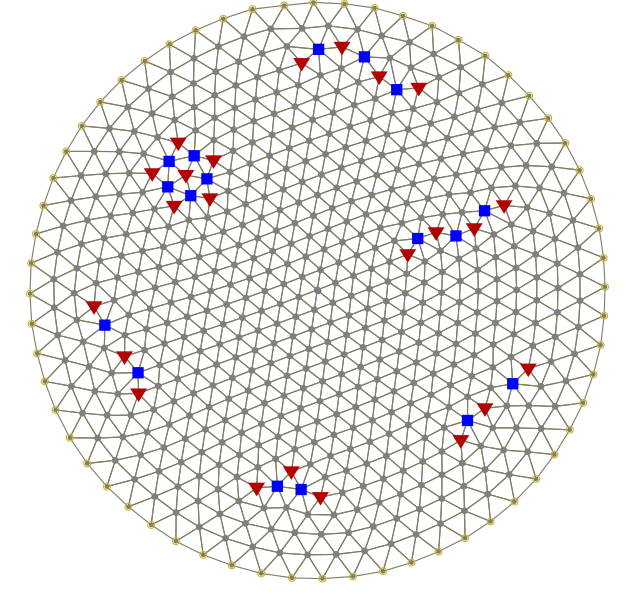AI is the big thing. And the AI gets the best results when it should handle precise and logical information that is introduced clearly and follows a certain type of information. When information is in text form. And it contains things like a precisely introduced source list that is easy to detect, the AI is more effective than humans.
The effectiveness doesn't mean that the AI understands what it should do. It just uses some parameters for selecting words that it connects. This is one of the most critical things for AI. When AI searches for information from the net, it seems to be very smart.
ChatGPT answered physics examinations like C-grade students. And that thing is one of the most interesting things in the world. ChatGPT would answer exams better if the questions are mathematical. And that is one of the biggest values that this AI has.
The ChatGPT will make the report by connecting words. And one of the most interesting things it could do is connect new modules to itself. The ChatGPT-type artificial intelligence might have the ability to connect itself to things like chess programs. That gives ChatGPT the possibility to improve and develop its skills.
The effectiveness of AI depends on the accumulation of information. When there is lots of information and lots of connections in the databases of the AI. That increases its ability to operate independently.
The open-source way is effective for things like ChatGPT. And, of course, all other AI applications can use similar development tools. The open development environment allows lots of people can fix the answers that the AI can give.
If the AI gives the wrong answer. The developer can fix the answer into the right mode. If the developer can input the right homepages to the sources, and then introduce things like what kind of search words the AI should use in certain questions. That allows the AI to create new connections.
The console can ask what kind of topic words or keywords the question includes. If the question is about things that won 100 m runs in some Olympic games the developer could include the keywords like "Olympic games" in the description of how the AI could search for information.
Developing AI is always a big thing. The researchers should know if the answer is right or wrong. So the users could have a form where they can tell if the answer is right or wrong. And then the AI can store things like where it took the information, and what algorithms it used. That allows for creating more effective error handling.
In this kind of project error handling and error detection are important things. If the AI controls things like robots, this part is the most dangerous part of the project. In that sequence, the AI operates in its natural element. The problem with AI is it requires a description of every possible case in its algorithm. Programmers must make those algorithms, and that is the case when something can go wrong.
And if some parts are missing. The result could be a catastrophe. These are the most time-consuming parts of the programming project. If the AI operates mainly. That doesn't mean that is suitable for everyday operations.
When some AI searches data from the internet. That thing doesn't mean that it cannot make mistakes. Mistakes in the case that AI gives wrong or funny answers are the thing that can cause a laugh. But if robot cars increase speed, that thing causes very bad things like risking human lives. But otherwise, also human drivers can push the pedals at the wrong moment.
The thing is that AI can make bad things. And still today AI requires humans to control codes. But the development of AI is going on. That development is hard work, and millions of hardcore specialists are working on those projects. When we are talking about AI and other projects, we facing one thing. Only errors and mistakes are things that cause headlines.
https://bigthink.com/the-present/chatgpt-physics/
https://astronomyandtechnology.blogspot.com/













